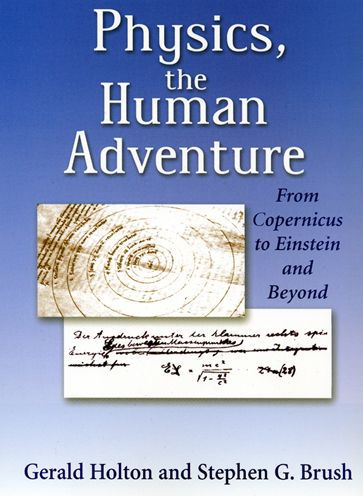5
1
9780813529080


Physics, the Human Adventure: From Copernicus to Einstein and Beyond / Edition 3 available in Paperback

Physics, the Human Adventure: From Copernicus to Einstein and Beyond / Edition 3
- ISBN-10:
- 0813529085
- ISBN-13:
- 9780813529080
- Pub. Date:
- 03/01/2001
- Publisher:
- Rutgers University Press
- ISBN-10:
- 0813529085
- ISBN-13:
- 9780813529080
- Pub. Date:
- 03/01/2001
- Publisher:
- Rutgers University Press

Physics, the Human Adventure: From Copernicus to Einstein and Beyond / Edition 3
$54.95
$54.95
This item is available online through Marketplace sellers.
$13.26
This item is available online through Marketplace sellers.
54.95
Out Of Stock

Product Details
| ISBN-13: | 9780813529080 |
|---|---|
| Publisher: | Rutgers University Press |
| Publication date: | 03/01/2001 |
| Edition description: | Third Edition |
| Pages: | 598 |
| Product dimensions: | 7.00(w) x 10.00(h) x 1.50(d) |
| Age Range: | 18 Years |
About the Author
From the B&N Reads Blog

